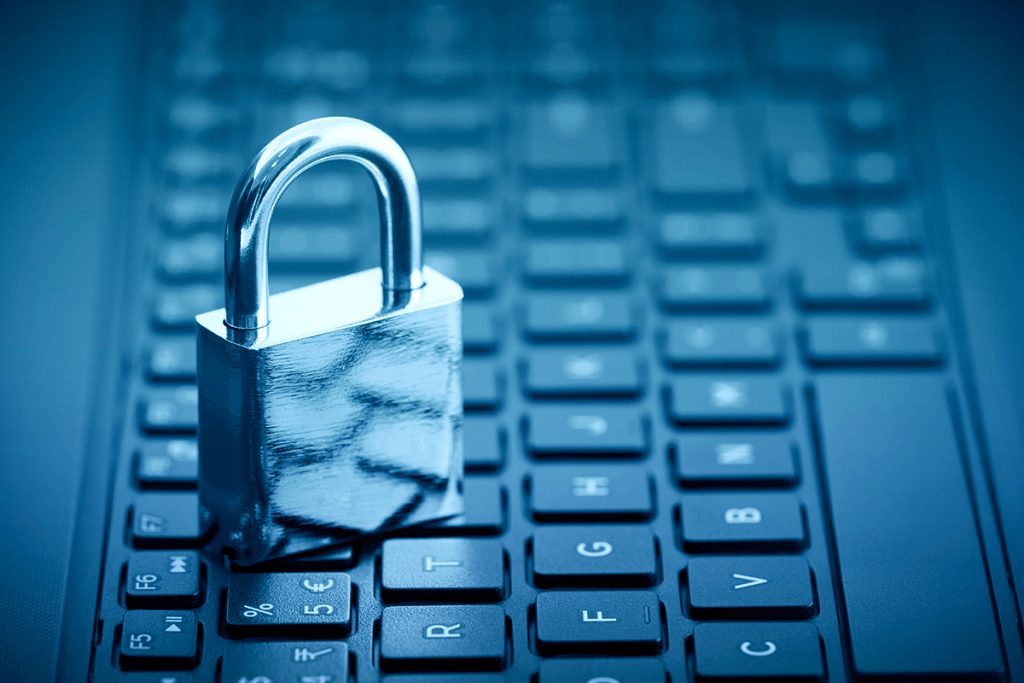The 10G platform will offer almost limitless opportunities for innovation and new experiences in the home, bolstering the capabilities of the Internet of Things (IoT) landscape. While the volume of data that passes over cable technologies continues to grow, the classification of private and confidential boundaries continues to change.
Moreover, security is an abstract topic, particularly in the sense of the assurance it provides. We expect security to be present, but in a way that we don’t need to think about; we expect the assurance of security to be seamless. Behind the scenes, security is a constant source of innovation to make that seamless protection possible in the face of an ever-changing set of vulnerabilities, threats and exploits. The frequent application of the phrase “arms race” to describe that innovation is appropriate. Addressing confidentiality is a key pillar in the 10G security platform; it ensures that user data continues to be protected as new possibilities and services become available.
Brief Review: What Is Confidentiality?
Last fall, CableLabs produced a set of blog posts covering the security pillars of confidentiality, integrity and availability. Confidentiality ensures that access to resources such as hardware components, sensor data or private information is only granted to authorized actors, whether they’re users or processes. Authorization is part of the mechanism that enables confidentiality as the barrier between the actor and resource.
What are the primary ways that we can keep information confidential? We’re going to focus on two techniques applied to information:
- Encryption-Using algorithms to render information unreadable without the proper materials (keys) to decrypt it.
- Separation and Isolation-Putting barriers in place that must be traversed before gaining access to information.
In addition, there are some threats against confidentiality, including vulnerabilities in encryption algorithms, exploits that can circumvent authorization mechanisms, and, of course, there’s the possibility of quantum computing right around the corner. To stay ahead of the curve, we must continue to innovate to meet these threats.
Where Confidentiality Counts: The Network
Confidentiality is key when it comes to the amount of data that passes between machines. Even over the past 5 years, the data that we consider to be critical in terms of confidentiality has evolved beyond simply what we’re browsing or streaming. It’s also about what our devices are doing.
In the age of the IoT, where every device is connected and often eager to capture the aspects of our environment or actions it invokes, confidentiality also applies to the data that is shared between devices and their cloud services. A great amount can be garnered from the passive observations and actions of smart devices as they’re used over time, including behaviors typical of users interacting with them (e.g., when the smart coffee pot is typically started in the morning). Protecting such data at home is particularly paramount during these unprecedented times of increased “work-from-home” routines.
Continuing to Ensure Confidentiality on the Network
Since its inception in 1997, the DOCSIS ® specification (and later the extended DOCSIS ® security specification) have implemented encryption to ensure that user data is protected from eavesdropping on the cable network. Over the years, changes to encryption algorithms and key sizes have been enacted in DOCSIS in line with the recommendations and best practices of industry and standards organizations.
As the threats against confidentiality continue to be revealed in the world of 10G, CableLabs will continue to adapt to the cryptographic standards and recommendations of such groups through updates to specifications and best practices. Future innovations in encryption technologies will continue to accommodate the incredible power of the 10G network while ensuring the confidentiality of the data that is carried over it.
Maintaining Confidentiality in the Age of the Smart Home
A major evolution in the architecture of the Internet that has come about in only the past decade has been the advent of the IoT. As noted before, confidential data and its privacy implications are now more prevalent than ever, even within only a single smart home. In addition, it may be possible for one compromised smart device to act as a starting point for further intrusions of other devices or points in the home; how can we utilize separation to protect against such a scenario?
Enter CableLabs Micronets, a system that can dynamically organize devices into different groups and provide network separation among them. With this system enabled on your home (or work) networks, one compromised device doesn’t directly provide an attacker with the possibility to target other devices and/or confidential data they may have stored or transmitted over the network.
As for confidentiality when devices talk to each other, CableLabs continues to engage with standards organizations such as OCF to draft standards that ensure the secure operation (and interoperation) of IoT devices, as well as device interactions with cloud services.
Conclusions
The opportunities that the 10G platform will provide are immense in both promise and scope, allowing previously infeasible technologies to be brought to the forefront to provide new classes of products and services.
In light of these great innovations, we must remain cognizant when it comes to the confidentiality of our resources and the protection of user data. As the “arms race” continues, we will continue innovating and staying one step ahead. That’s the speed of security.
